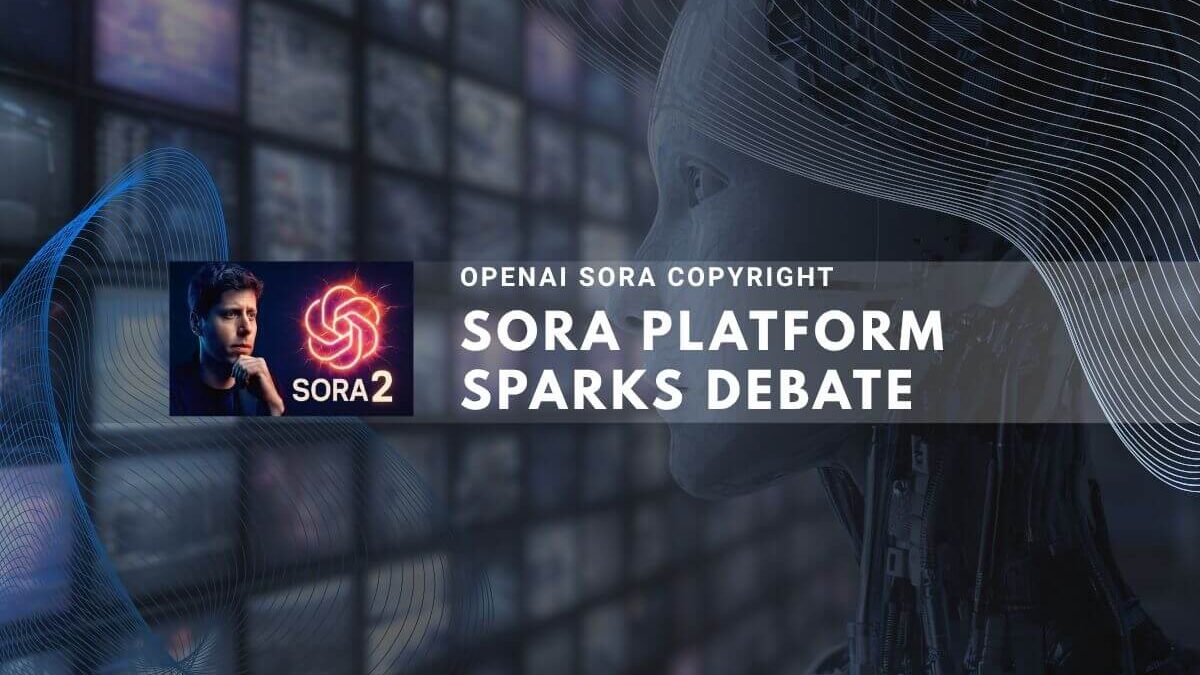OpenAI is under increasing pressure from Hollywood over its Sora video generation platform, which launched on September 30, 2025 [1][2]. The app allows users to create AI-generated videos featuring copyrighted characters without explicit permission from rights holders [3][4]. CEO Sam Altman announced on October 3 that the company will shift to an opt-in copyright model and introduce revenue sharing for creators [5][6].
Hollywood Agencies Condemn Sora Copyright Approach
Creative Artists Agency publicly criticized OpenAI on October 8, 2025, stating that Sora poses serious risks to its clients’ intellectual property [7][8]. The agency accused OpenAI of dismissing global copyright standards and creator rights. CAA emphasized that control, consent, and compensation are fundamental requirements for copyrighted content use.
Motion Picture Association Demands Immediate Action
On October 7, 2025, the Motion Picture Association released a statement urging OpenAI to take decisive action against copyright infringement [9][10]. MPA CEO Charles Rivkin stated that videos violating member studios’ content have surged across the platform since Sora’s launch. The organization emphasized that established copyright law applies to AI-generated content.
OpenAI Announces Policy Shift and Revenue Model
In response to mounting criticism, Sam Altman published a blog post on October 3, 2025, outlining two major changes [5][6]. First, OpenAI will provide rights holders with granular control over character generation through an opt-in model. Second, the company plans to implement a revenue-sharing framework for copyright holders who permit their characters to be used.
Altman acknowledged that users are generating far more video content than expected, often for small audiences [11]. He stated that OpenAI will experiment with various monetization approaches within Sora before rolling out a consistent model across its product suite.
Key Features and Ongoing Concerns
The Sora app launched exclusively on iOS in the United States and Canada [1][2]. The platform includes several notable capabilities:
- Generation of high-definition clips up to 10 seconds long with synced audio
- Cameo feature allowing users to appear in AI-generated videos after identity verification
- Physics-accurate video generation that follows real-world movement laws
- Social feed similar to TikTok for sharing user-generated content
- Invite-only access during initial rollout phase
Despite OpenAI’s promised changes, copyright experts note that the opt-out approach may remain legally questionable, as rights holders retain the ability to pursue statutory damages for infringements regardless of any opt-out mechanism [7][8]. The company has not yet provided a timeline for implementing the new opt-in controls or revenue-sharing model.
